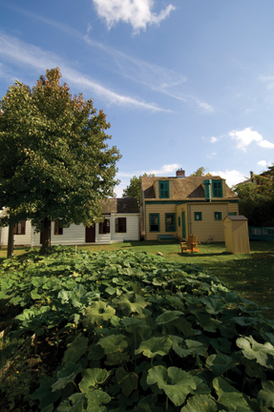Bedford-Stuyvesant
Bedford-Stuyvesant, also known as Bed-Stuy, is home to the largest concentration of blacks in New York City and one of the largest in the country. The earliest Africans to live here were enslaved. They worked the fields and tended to the house chores for their Dutch, and later English, masters. But as early as the 1830s, free blacks arrived in the area, bought land, built homes, and planted gardens. Weeksville, as the first black community in this area was called, lay at the rural edge of settled Brooklyn. Its isolation made it a safer place for blacks escaping slavery as well as a refuge from racist violence for free blacks. After the Anti-Abolitionist riots of 1834 and the deadly Draft Riots of 1863, many blacks left Manhattan and moved to Weeksville, as well as to nearby Williamsburg and Bedford.
Built around a new railroad station, Bedford grew and eventually included the old village of Weeksville. Blacks continued to move to Bedford along with German, Jewish, Italian, Chinese, Greek, and Irish immigrants. The neighborhood expanded to include Stuyvesant Heights. By 1940, Bed-Stuy was only 25 percent black. It was only after World War II that Bed-Stuy became mostly black. This enabled the community to go to the polls in 1960 and elect Shirley Chisholm, the first black woman to serve in the U.S. Congress.
Today a new diversity and a new pride can be seen in Bed-Stuy. Locals boast of its many stars of film and music. As a banner hung on Restoration Plaza declares, the feeling is “Bed-Stuy and Proud of It.”
This entry contributed by
Curriculum Concepts International
Related Media
Images

|
Today a new pride can be felt in the community. At Restoration Plaza, a cultural center located at 1368 Fulton Street, a banner declares "Bed-Stuy and Proud of It."
|

|
What began in the 1830s as a small, rural black community in Weeksville has grown into Bedford-Stuyvesant, home of the largest concentration of blacks in the city and one of the largest in the nation.
|
